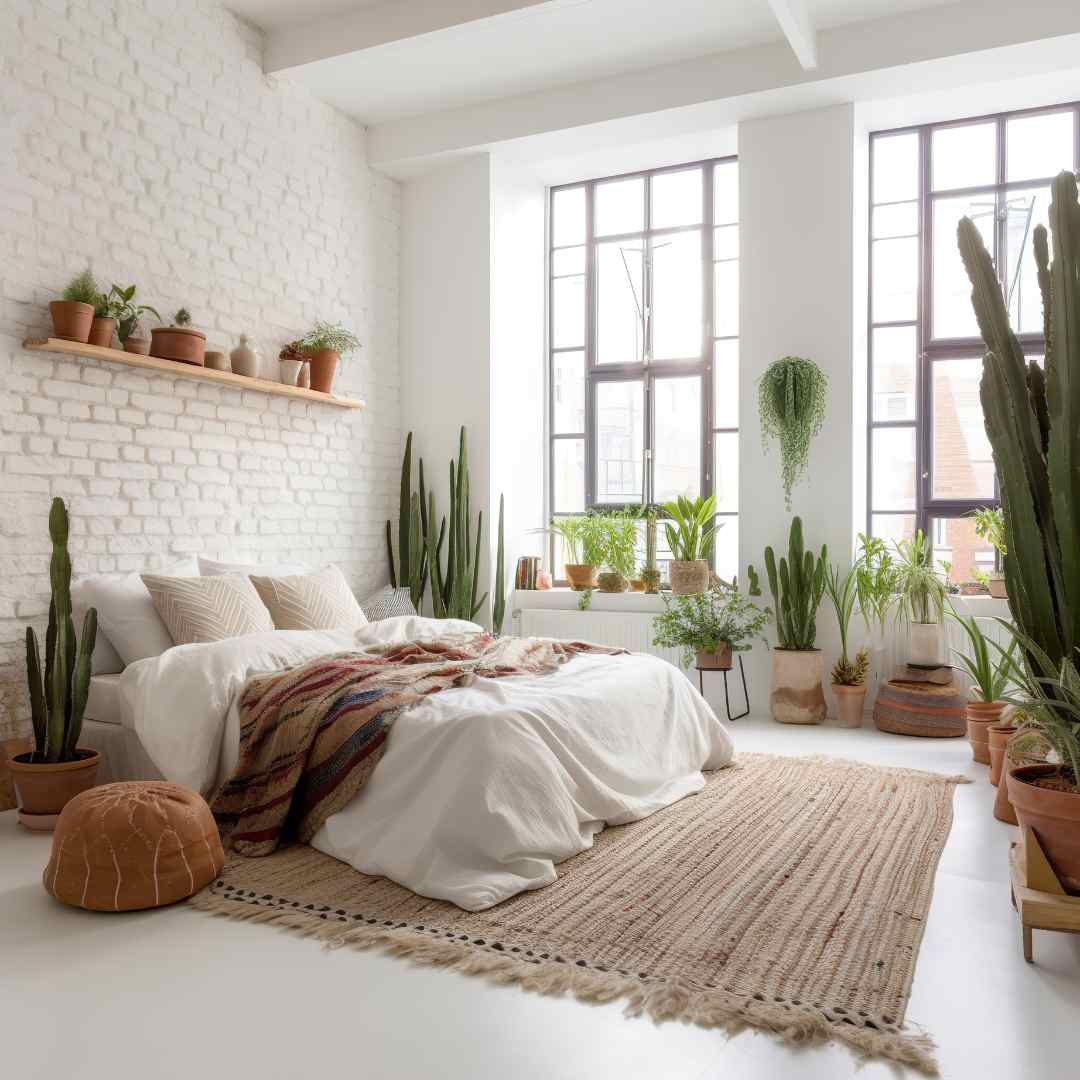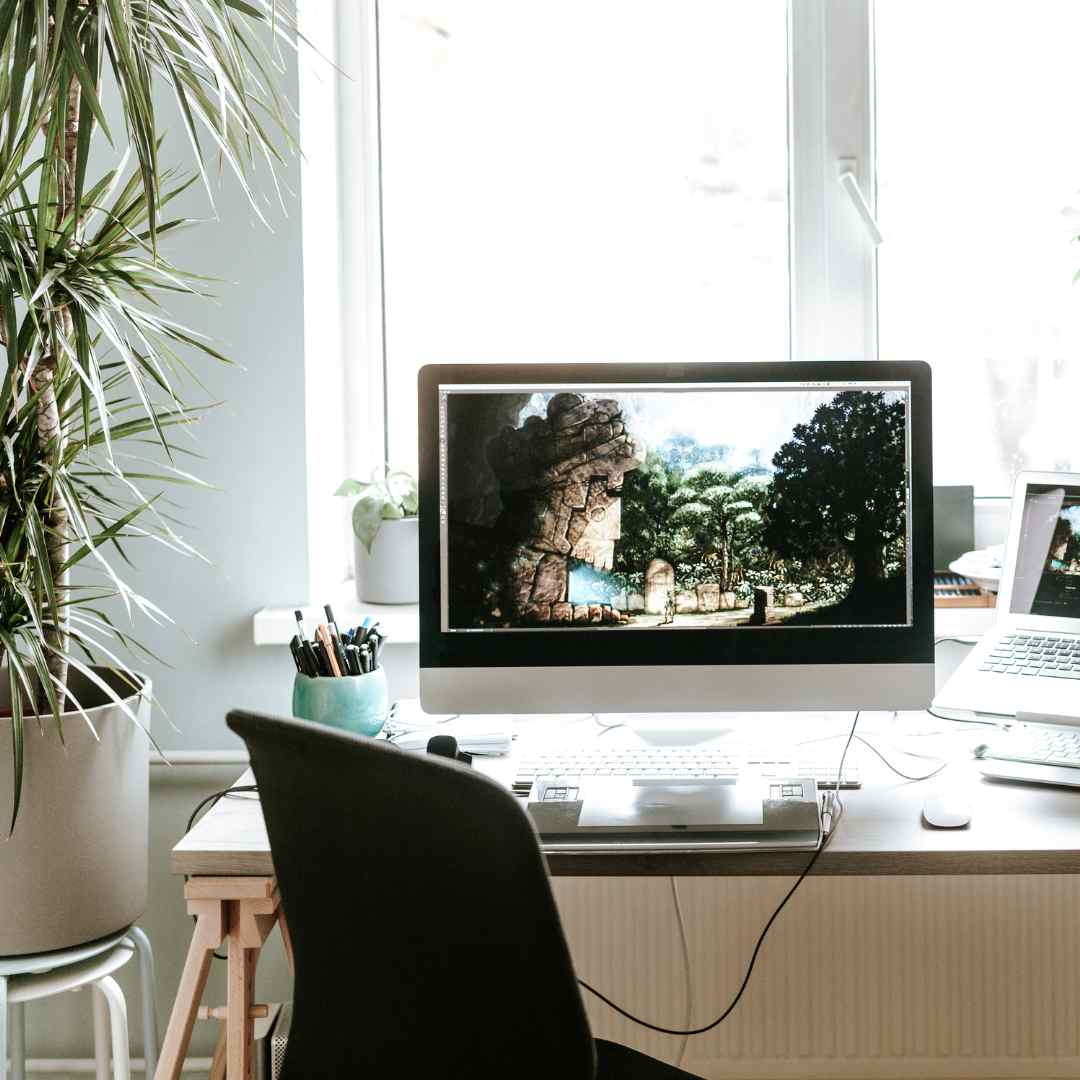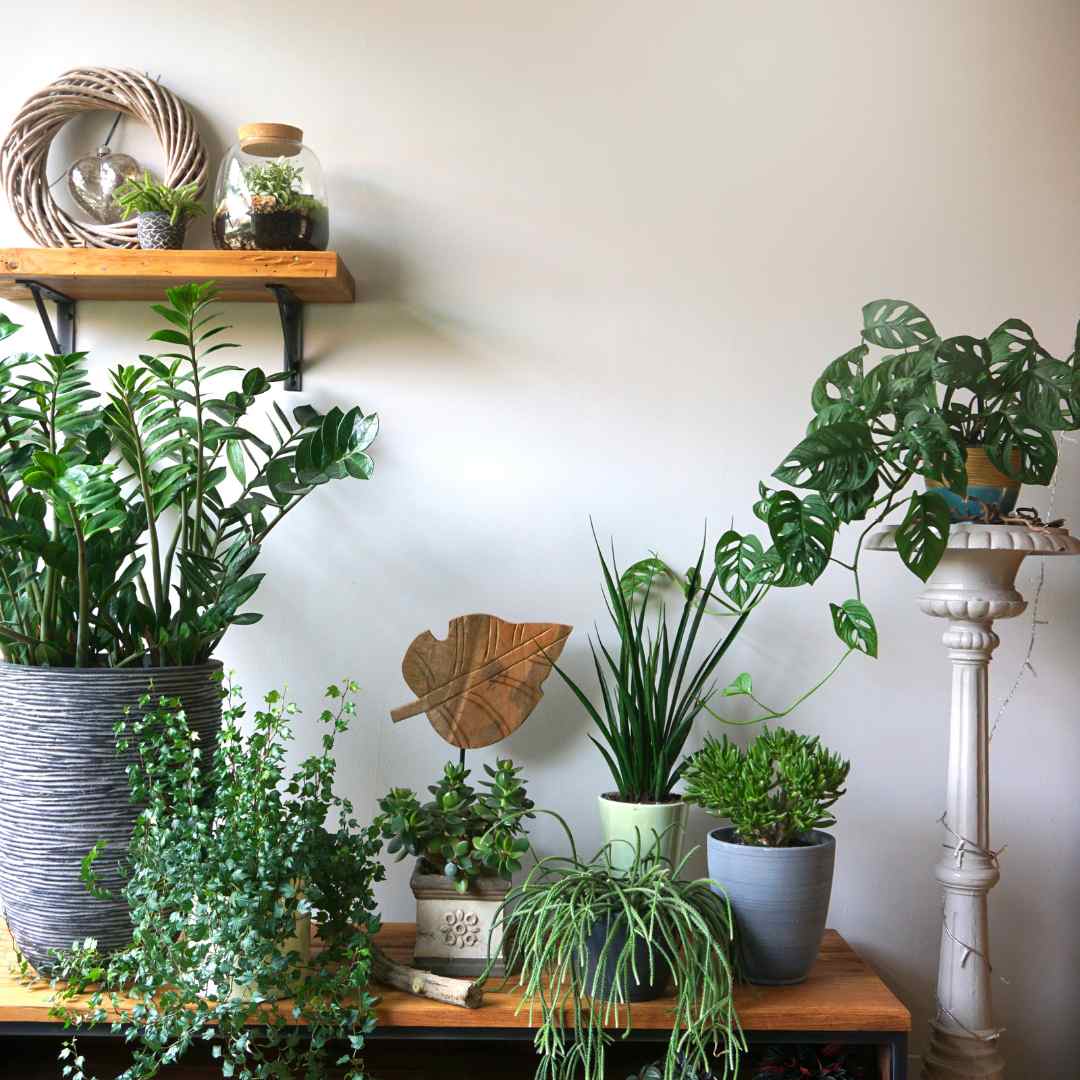Your plants will show up fresh, vibrant, and pest-free—guaranteed.
Not feeling it? We’ve got your back! Snap a pic and reach out within 14 days, and we’ll replace your plant—no hassle, no fuss.
Read more about our Freshness Guarantee.

AED1,500 – AED1,750
Your plants will show up fresh, vibrant, and pest-free—guaranteed.
Not feeling it? We’ve got your back! Snap a pic and reach out within 14 days, and we’ll replace your plant—no hassle, no fuss.
Read more about our Freshness Guarantee.
| Area | Delivery Days |
|---|---|
| Abu Dhabi | Everyday |
| Abu Dhabi (Ruwais; Al Ghayatil; Almira; Madinat Zayid) | Thursday only |
| Ajman | Monday |
| Ajman (Masfoot; Muzairah) | Monday only |
| Dubai | Everyday |
| Fujairah | Monday |
| Ras Al Khaima | Everyday |
| Ras Al Khaima (Al Mainau) | Monday only |
| Sharjah | Tuesday |
| Sharjah (Kalba; Khor Fakan) | Thursday |
| Umm Al Quwain | Everyday |
We currently do not deliver to the following unserviced areas:
If you prefer to pick up your plant in person, you are welcome to visit our location in Mussaffah, Abu Dhabi. Please contact us via WhatsApp, and our team will do their best to prepare your order in advance of your arrival.
Nolina Palm, native to Mexico, is a member of the Asparagaceae family and is prized for its ornamental value and resilience. Despite its common name, the Nolina Palm is not a true palm but rather a member of the Agave family, characterized by its swollen trunk and long, narrow leaves. When grown as a houseplant, the Nolina Palm adapts well to indoor conditions, making it a popular choice for adding greenery to homes and offices.
Planted in a sleek fiber cement planter, the Nolina Palm takes on a contemporary elegance that enhances its natural beauty. The clean lines and neutral tones of the planter provide the perfect backdrop for the plant’s sculptural form, allowing it to shine as a statement piece in any setting.
Nolina Palm encompasses several species within the Beaucarnea genus, each with its own distinct characteristics and growth habits. The most commonly cultivated species is Beaucarnea recurvata, known for its swollen base and long, arching leaves that resemble a ponytail, hence its alternative name, Ponytail Palm. While variations in leaf color and trunk shape may occur among different cultivars, all Nolina Palms share similar care requirements and adaptability.
Cultivating Nolina Palm in a fiber cement planter is relatively straightforward, requiring minimal maintenance and attention. This hardy plant thrives in bright, indirect light but can tolerate lower light conditions, making it suitable for a variety of indoor environments. Ensure the planter has proper drainage to prevent waterlogging, as Nolina Palms are susceptible to root rot if kept in overly wet conditions.
Water the plant thoroughly when the top inch of soil feels dry to the touch, allowing any excess water to drain away. During the winter months, reduce watering frequency to prevent waterlogged soil and maintain optimal root health. Fertilize sparingly during the growing season with a balanced liquid fertilizer diluted to half strength, as excessive fertilization can lead to salt buildup in the soil.
Nolina Palm thrives in warm, sunny locations with well-draining soil and moderate humidity levels. While it can tolerate a range of temperatures, it prefers daytime temperatures between 18°C and 27°C and nighttime temperatures above 10°C. When grown indoors, place the plant near a south or west-facing window where it can receive ample sunlight throughout the day.
Maintaining proper watering and fertilization schedules is essential for the health and vitality of Nolina Palm. Water the plant regularly during the growing season, allowing the soil to dry out slightly between waterings to prevent root rot. Reduce watering frequency in the winter months when the plant’s growth slows down, but continue to monitor soil moisture levels to ensure the plant remains hydrated.
Fertilize Nolina Palm sparingly with a balanced liquid fertilizer diluted to half strength every 4-6 weeks during the growing season. Avoid over-fertilizing, as this can lead to nutrient imbalances and cause damage to the plant’s roots. Instead, err on the side of caution and apply fertilizer sparingly, adjusting the frequency based on the plant’s growth and appearance.
While Nolina Palm occasionally produces small, inconspicuous flowers on mature specimens, flowering is rare when cultivated as a houseplant. Instead, the plant is primarily grown for its attractive foliage and architectural form, which adds visual interest to indoor and outdoor spaces year-round.
Nolina Palm can be planted in a fiber cement planter at any time of the year, provided that it is provided with suitable growing conditions and care. When repotting or planting a new specimen, ensure the planter has proper drainage and use a well-draining potting mix formulated for succulent plants. Plant the Nolina Palm at the same depth as it was previously growing, ensuring that the roots are covered and supported by the soil.
Nolina Palm thrives in bright, indirect light but can tolerate lower light conditions. When grown indoors, place the plant near a south or west-facing window where it can receive ample sunlight throughout the day. If natural light is limited, supplement with artificial grow lights to ensure optimal growth and foliage development.
Repotting Nolina Palm is typically done every 2-3 years to refresh the soil and provide the plant with additional space to grow. Choose a slightly larger fiber cement planter with proper drainage holes and carefully transfer the plant, taking care not to disturb the roots excessively. Backfill with fresh potting mix and water thoroughly to help the plant settle into its new container.
Nolina Palm is relatively resistant to pests and diseases, but occasional problems may arise, particularly in conditions of high humidity or poor air circulation. Common pests that may affect the plant include spider mites, mealybugs, and scale insects, which can be controlled using insecticidal soaps or neem oil. Additionally, ensure good air circulation around the plant and avoid overcrowding to minimize the risk of pest infestations and disease outbreaks.
In conclusion, Nolina Palm in a fiber cement planter is a stylish and low-maintenance addition to any indoor or outdoor space, bringing a touch of natural beauty and elegance to your home decor. With its graceful form and minimalistic charm, the Nolina Palm adds a sense of tranquility and sophistication to any setting, inviting you to enjoy the timeless allure of nature’s creations.


We pride ourselves on offering an unbeatable selection of plants, from trendy succulents to lush tropicals and everything in between. At adplants, you are bound to find the perfect match

Connect with knowledgeable plant specialists via live video chat to receive personalized advice and troubleshooting tips for your indoor greenery. Get the help when you need it the most.

Say hello to timely reminders that ensure your plants receive the nutrients they need to flourish. Get personalized fertilization schedules for each of your plants right into your inbox.

At AdPlants, quality is our top priority. Each plant in our collection is handpicked by our team of expert horticulturists, ensuring that only the healthiest and most vibrant specimens make it to your doorstep.
See Us On the green side
Get up close with lush greenery and pick the perfect plant for your vibe—home or office!
© 2005 – 2025. Umm Al Salsal Trading Flowers and Indoor Plants. All Rights Reserved.
